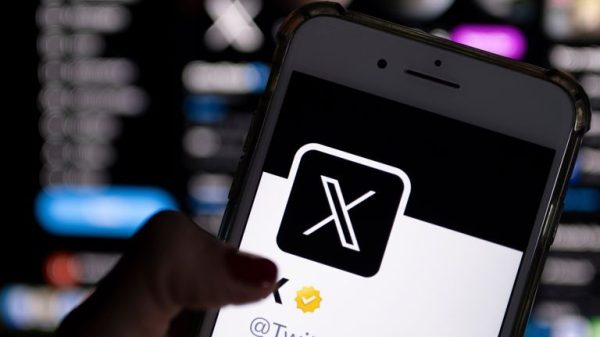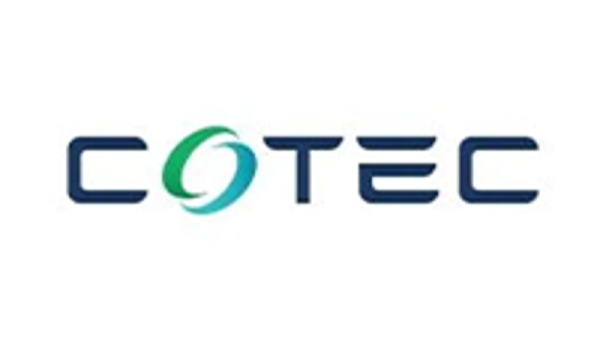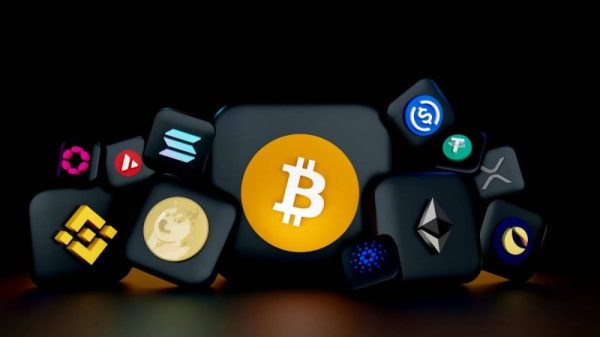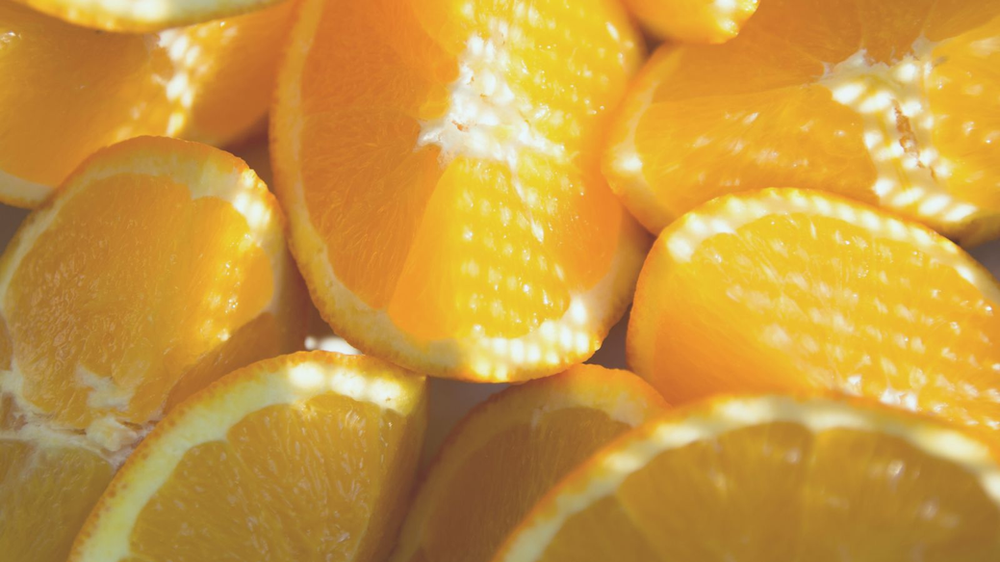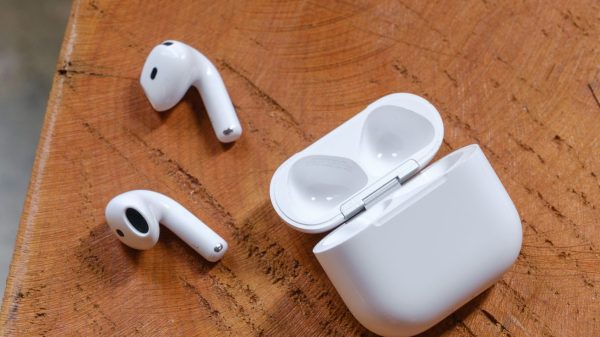Over 1.5 million tonnes of orange juice is produced worldwide every year, from about 50 million tonnes of oranges. But what is the orange juice futures contract and how can you trade it?
Orange juice futures are traded by farmers, processors, retailers and traders looking to hedge or speculate on the price of orange juice. Read on for more about orange juice trading and the orange juice futures contract…
What is the orange juice futures contract?
In commodity trading, orange juice is known as a ‘soft’ commodity, along with wheat, coffee, cocoa, soy beans, ,sugar, corn and ,cotton. This is in contrast to the ‘hard’ commodities of precious metals and ,energies.
The orange juice futures contract allows buyers and sellers to agree on a price for orange juice today for delivery at a future date. Its price is an important benchmark used by the global orange juice market.
Orange juice futures contracts are measured in pounds and one contract is classed as 15,000 pounds of orange juice solids. They are traded globally on the Intercontinental Exchange (ICE).
Who trades orange juice futures?
There are a number of orange juice futures market participants. Orange farmers trade to hedge against the risk of future falling orange juice prices, while orange juice processors and retailers use orange juice futures to lock in the price of orange juice they need to purchase.
Orange juice traders use orange juice futures as they do any other financial instrument, to speculate on price movements in the orange juice market in order to make money.
The history of orange juice trading
Prior to the 1900s, orange juice was freshly squeezed and perishable, making it difficult to transport and store.
From 1947, however, the ability to freeze liquids became more widespread, and frozen concentrated orange juice became a tradable market in itself.
In 1966, the New York Board of Trade (NYBOT) introduced the first orange juice futures contract.
1981 saw a particularly cold winter in Florida, known as the ‘great freeze’. This caused a drop in supply and a surge in orange juice prices.
The orange juice futures market was highlighted by the 1983 film Trading Places, increasing its popularity and bringing in traders who might have previously ignored this market.
Another weather-related spike occurred in 1994, when Hurricane Elena caused damage to the orange-producing areas of Florida.
Citrus greening disease caused another price rise in 2012. Florida fruit trees were affected and this again brought a drop in supply.
Conversely, prices rose again in 2020, but this time due to an increase in demand. The COVID-19 pandemic caused an increase in consumption as people sought to improve their immune systems to protect themselves against the virus.
Trading orange juice futures
Today, orange juice futures trading is a global business, but it is one of the less popular soft commodities, by trading volume. Still, it is a good option for those wishing to diversity their portfolios, and there are a range of ways to do this.
Out of the various instruments available, Contracts for Difference (CFDs) is a popular choice. These have the advantage of enabling trading on margin, which allows increased exposure with lower capital.

